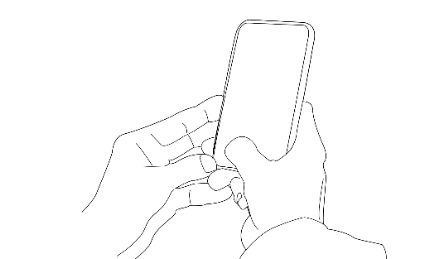Press Release > Measure your blood pressure accurately, control it and live longer

Measure your blood pressure accurately, control it and live longer

Dais World | 19/05/2023 11:30 PM
~ By Dr Karthiyayini Mahadevan, Head – Wellness and Wellbeing at Columbia Pacific Communities
Blood pressure is the pressure exerted in the circulatory system, often measured to diagnose the effective contraction of the heart and the elasticity of the arterial walls. It is measured and shared in two readings. The upper reading denotes the systolic pressure, which reflects the left ventricular contraction, and the lower reading denotes the diastolic pressure, which reflects the peripheral arterial wall resistance.
How does one measure the blood pressure?
The standard equipment used to measure blood pressure is called a mercury sphygmomanometer. The ban on the use of mercury has put this gold standard instrument out of its role, and many devices without mercury columns have been introduced.
Method used to check the blood pressure:
The sphygmomanometer cuff is tied around the arm and then rested at the level of the heart on a table. The person checking the blood pressure usually talks to the patient to make them comfortable and then proceeds to check the pulse by palpating the wrist over the outer aspect to feel the radial artery. Once the pulse is located and felt, the pressure in the cuff is inflated to occlude the brachial artery to a level where the radial pulse at the wrist is not felt. The stethoscope is shifted over the front of the elbow, slightly towards the inner side, and the pressure is slowly released. The point at which the sound of the bounding pulse is heard is noted as the systolic pressure. It is released further to a point when the sound of the bounding pulse muffles and vanishes. This point is taken as the diastolic pressure. So, measuring methodically through palpatory and auscultatory method is important. This method ensures that the cuff is not unduly inflated, and the palpatory technique gives time for the person to relax.
How often does blood pressure need to be monitored?
Present devices, which are not mercury manometers, give the reading either manually or digitally. It is always important to check blood pressure while sitting and lying. If a patient is detected to have a high range in blood pressure, then the blood pressure needs to be checked twice a day, preferably in the morning when they wake up and in the evening for 5-7 days.
Hypertension is when the force of the blood against the artery walls is higher than usual. It is commonly defined as blood pressure above 140 /90mm Hg. A person diagnosed with high blood pressure needs to be closely monitored in the initial days of medication and then requires regular follow-ups.
Measures taken around recording blood pressure:
Most wearable devices are designed in such a way that it reads the heart rate and blood pressure while doing day-to-day activities. They are also tagged with a signalling system to indicate deviations from the normal range. Even though these devices provide correct readings, it is better to cross-check the readings with regular monitors.
Common myths around high blood pressure:
Once the blood pressure reaches normal, one need not take the medicine. It is always important to check and modify lifestyle habits wherever possible and required before starting the medication to control high blood pressure.
Conclusion
A rise in blood pressure does not cause any symptoms. High blood pressure is known to be a silent killer and one of the primary causes of cardio and cerebrovascular disorder. So, strict discipline in regulating lifestyle and close follow-up to check blood pressure regularly can avoid sudden cardiac deaths and cerebral stroke.
Reach out to us at PR Desk
Read more on our Partner site: Growth Reports Business
Get rewarded for your reading habits on the Dais World app!
Suggested News
BMW Group India gears up for a powerful showcase at Auto Expo 2025
09/01/2025 05:48 PM







